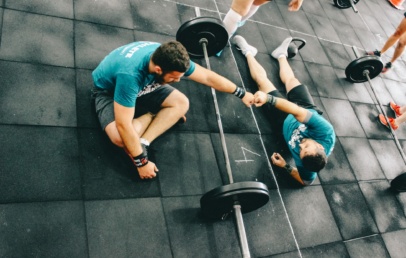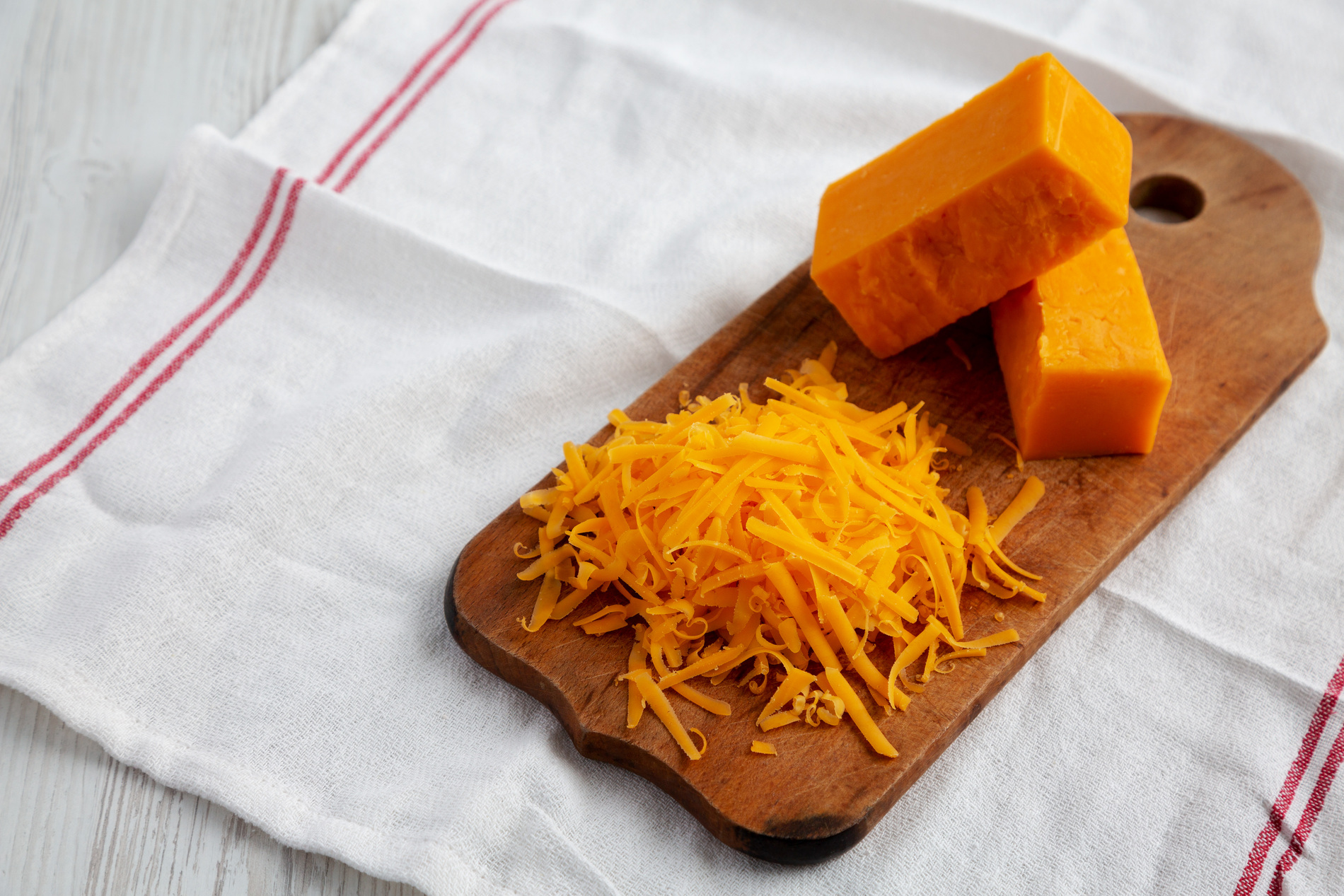
Cheese with the Most Protein
If you’re trying to eat more protein and you’re sick of grilled chicken, plain eggs, or scooping chalky powder into your blender every morning, it might be time to look in the cheese drawer. Yes, cheese. It’s not just a comfort food or a pizza topping. Some cheeses are surprisingly high in protein and can actually be a smart, satisfying way to hit your daily target without feeling like you’re on a sad meal plan.
But here’s the catch: not all cheese is created equal. Some are mostly fat and salt, others are light on nutrients but heavy on hype. What you’re looking for is cheese that gives you real protein in a small portion, ideally without piling on too much saturated fat or extra junk. That means harder cheeses, aged varieties, and the ones people tend to grate or slice rather than scoop or spread.
Below are ten cheeses that actually pull their weight. They taste good, they’re easy to work into your routine, and they give you more protein than you’d expect for their size. Let’s get into it.
1. Parmesan
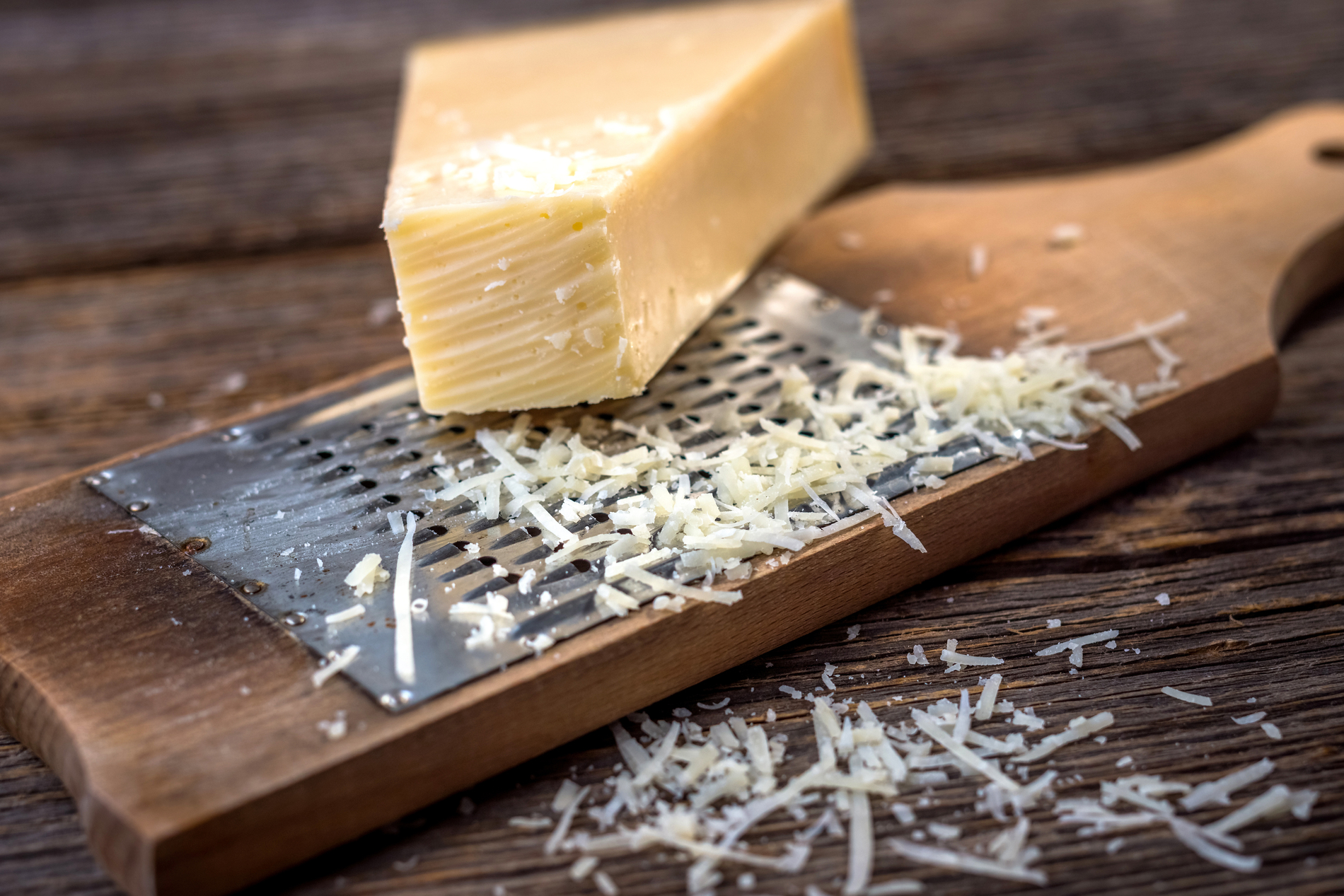
Parmesan is dry, crumbly, and seriously dense. That’s why a little goes a long way when you’re sprinkling it on pasta. One ounce of Parmesan gives you around 10 grams of protein, which is more than most yogurts. Since it’s aged, it also has lower lactose, so people who are slightly sensitive to dairy can often tolerate it better. Try shaving it into salads or eating small chunks with fruit or nuts.
2. Romano
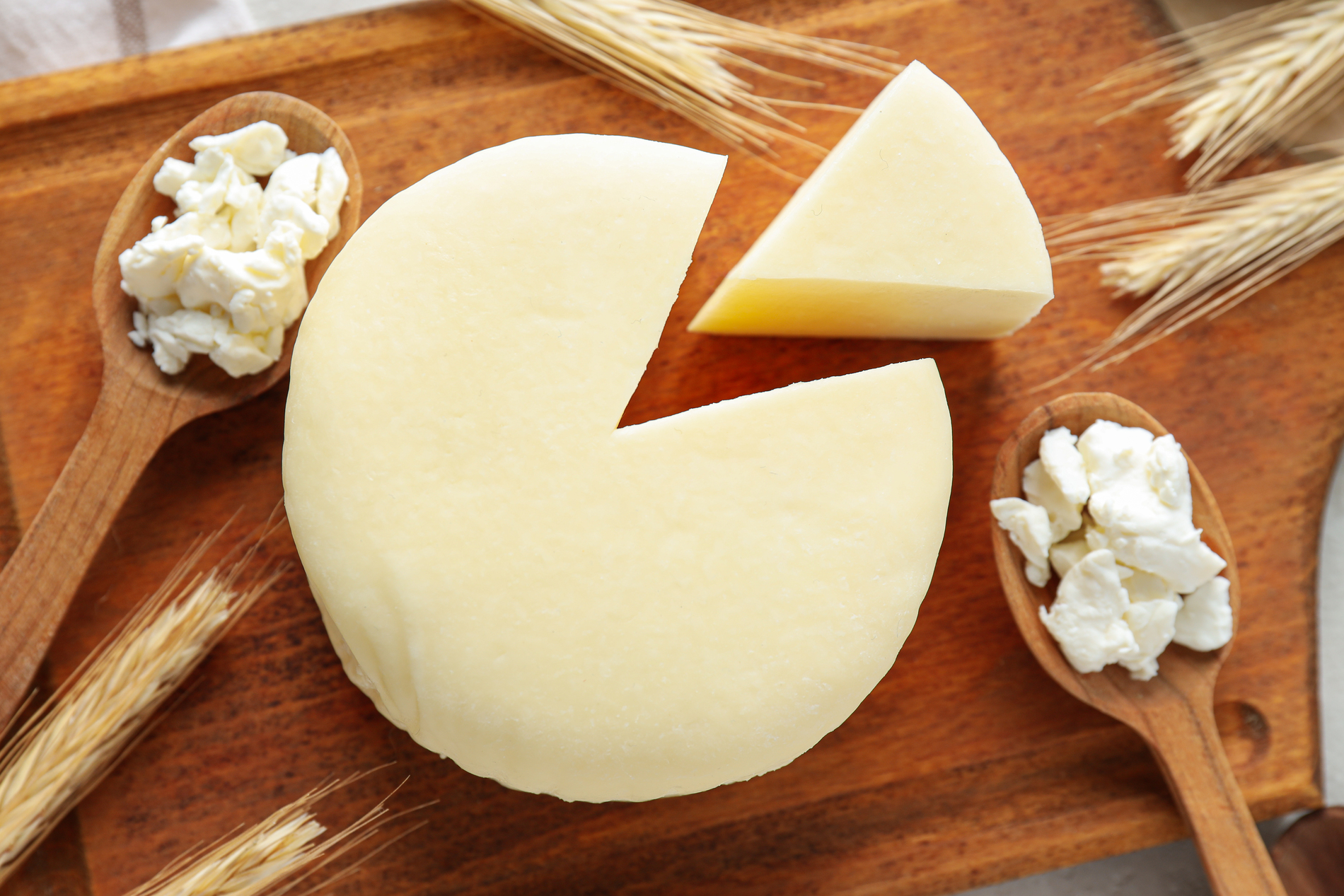
Romano is in the same family as Parmesan, but it’s saltier, sharper, and just as protein-packed. One ounce has about 9 grams of protein. It’s often used for grating over dishes, but it’s also great sliced or cubed as a snack. Because it’s so flavorful, you don’t need much to feel satisfied.
3. Swiss
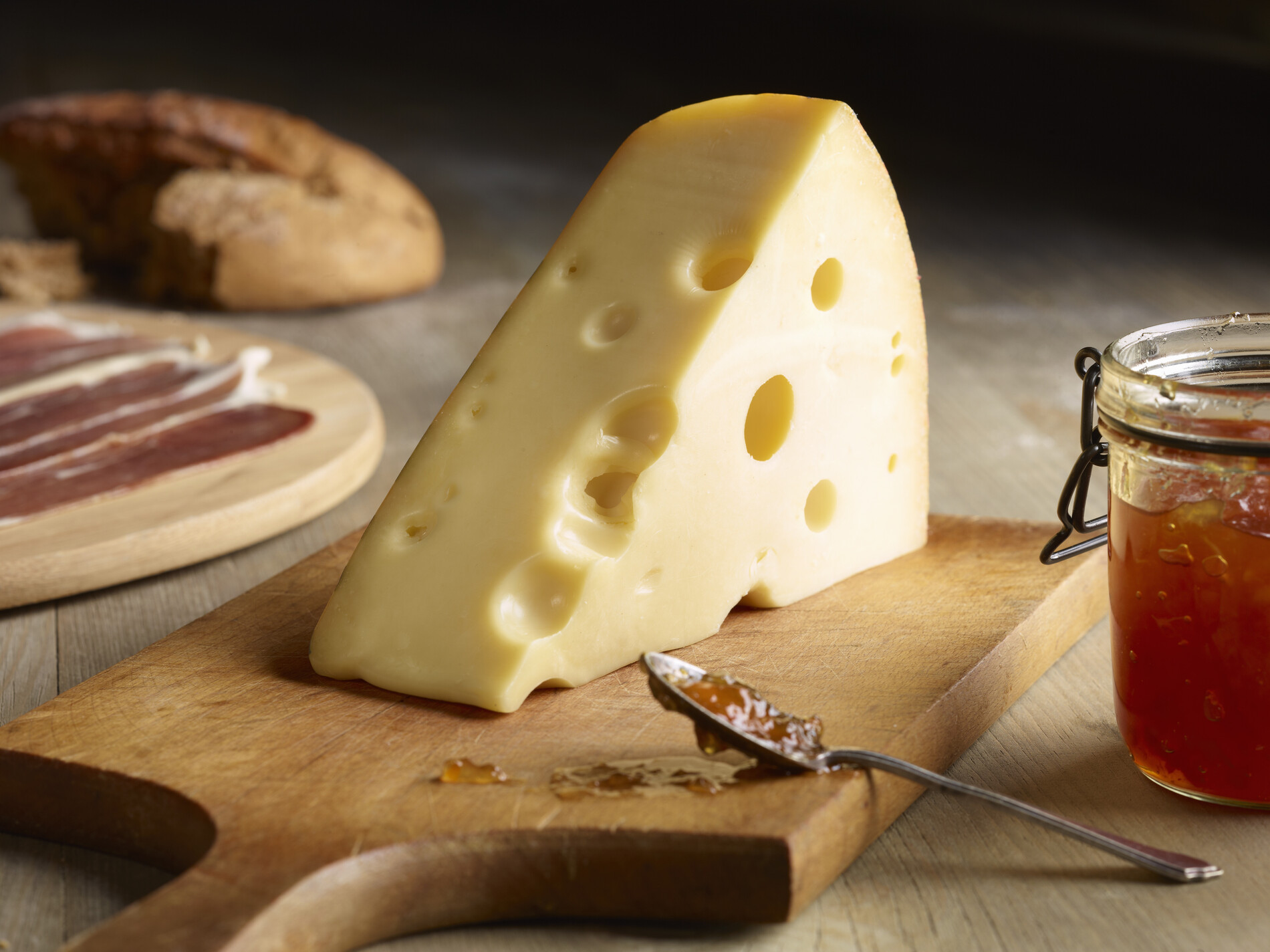
Swiss cheese gets points for its smooth, nutty taste and meltability. It’s the one with the holes, in case you’re wondering. One slice, which is usually around an ounce, gives you 8 grams of protein. It’s not too salty either, so it’s a good everyday option for sandwiches or toast.
4. Gruyère
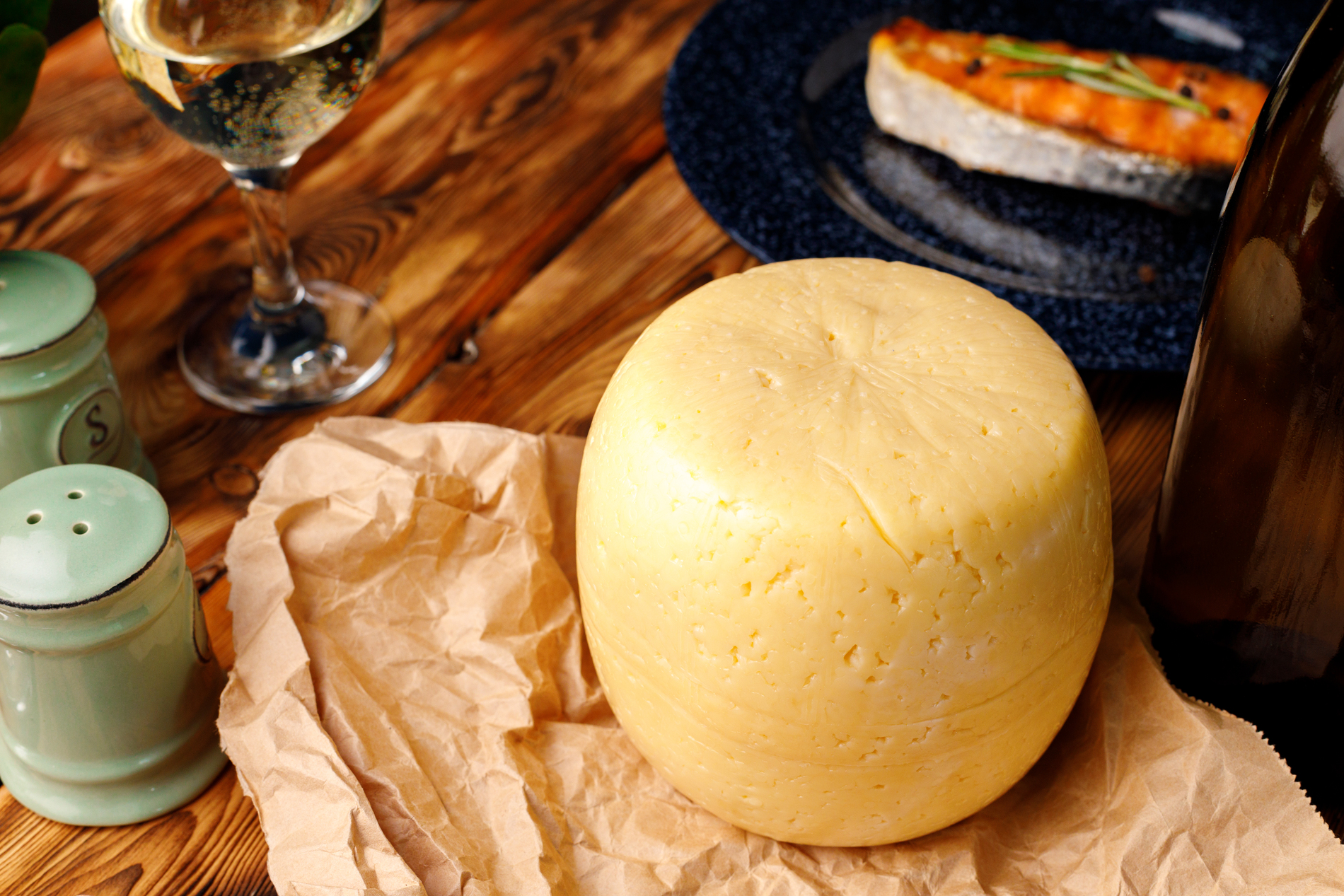
Gruyère is rich, slightly sweet, and one of the best cheeses for melting. It’s the main cheese in French onion soup, which should tell you something about its flavor. An ounce of Gruyère offers around 8 grams of protein, so it’s more than just a fancy ingredient. Add it to scrambled eggs, melted veggies, or a grilled cheese that actually fills you up.
5. Gouda
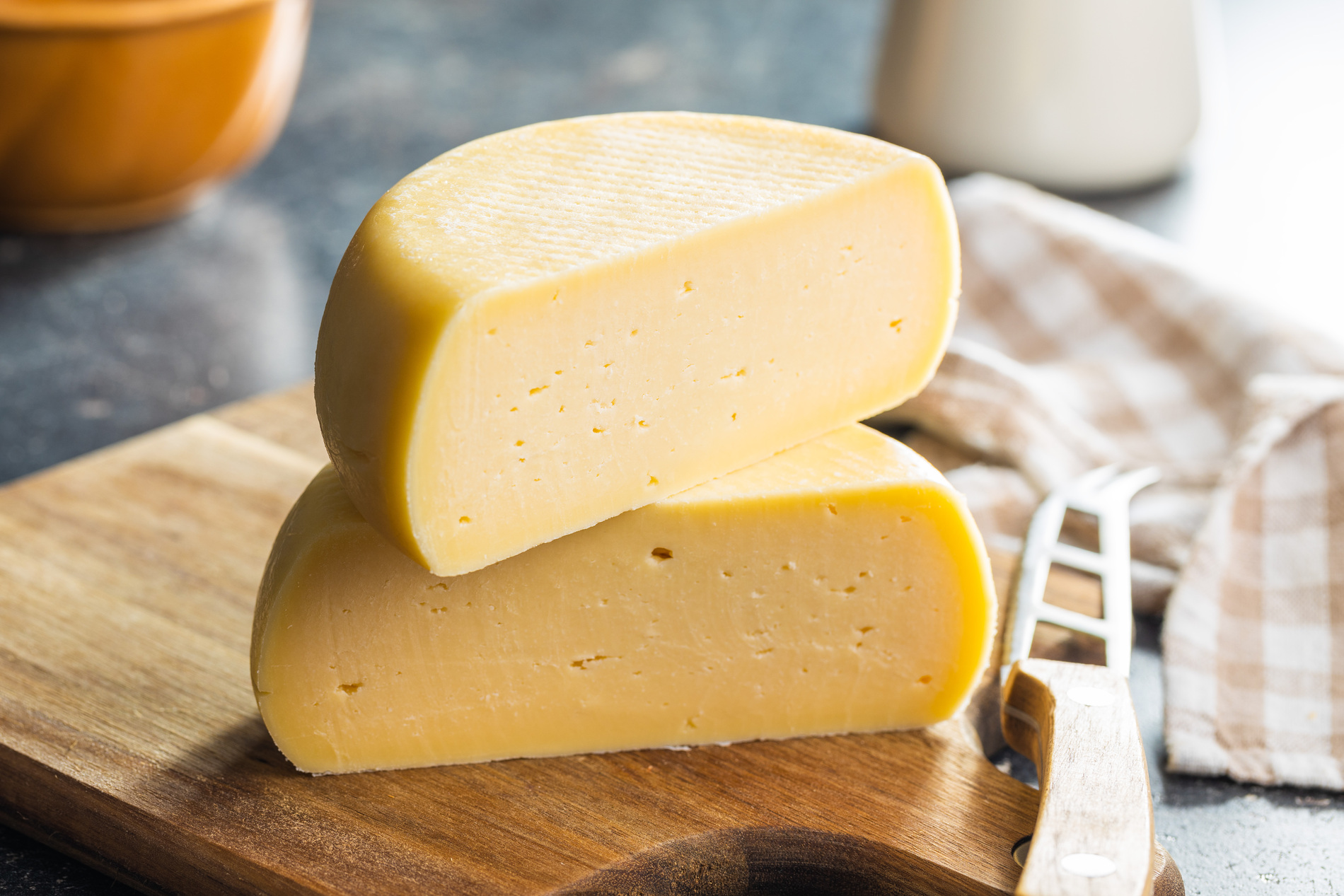
Gouda is smooth and creamy when it’s young, but gets firmer and more intense with age. A standard ounce will give you about 7 grams of protein. If you want even more, look for aged Gouda, which has less moisture and more protein per bite. It’s great for snacking or pairing with apples and crackers.
6. Cheddar
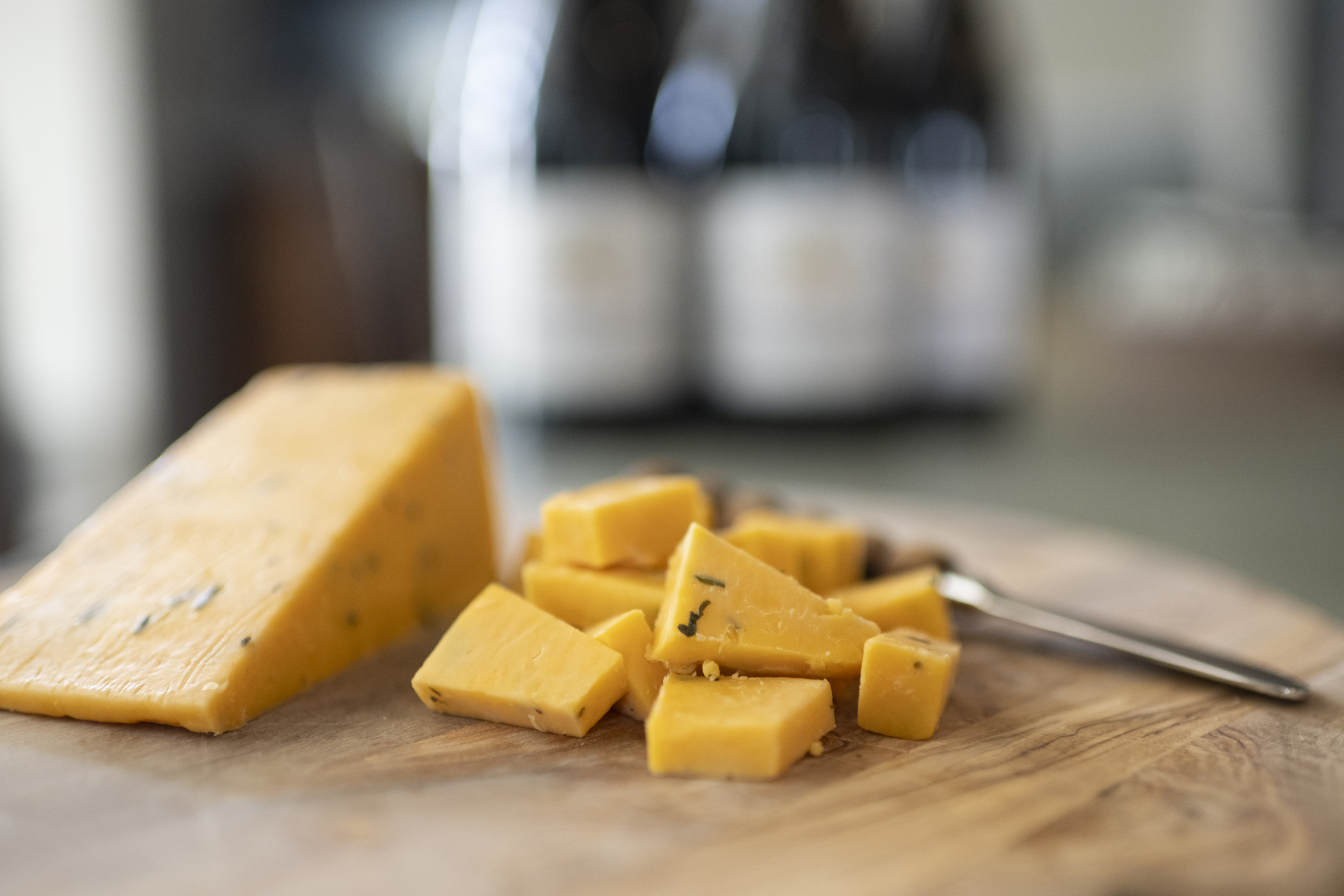
Cheddar is everywhere, but it deserves a spot here. A sharp cheddar that’s been aged tends to have more protein and a deeper flavor than the mild stuff. You’ll get about 7 grams of protein in an ounce. It melts well, works in sandwiches, and holds its own on a snack plate.
7. Edam
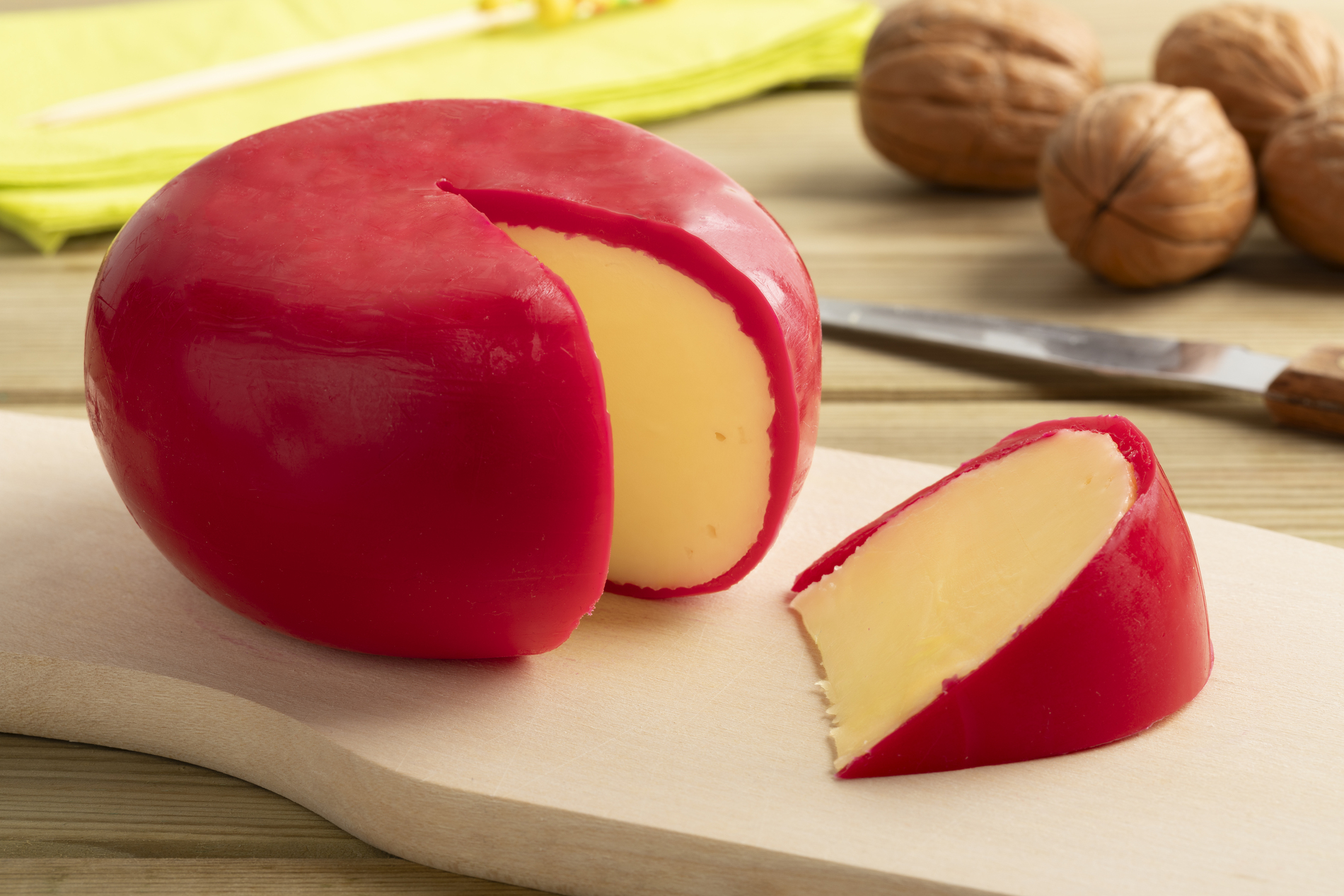
Edam is milder than cheddar but just as dependable. It has a smooth texture, a slightly nutty flavor, and about 7 grams of protein per ounce. It’s also a little lower in fat than many other cheeses, so it can be a lighter option if you’re trying to balance things out.
8. Mozzarella

Not all mozzarella is created equal. Fresh mozzarella, the soft kind that comes in brine, has slightly less protein because of its high water content. Low-moisture mozzarella, like the kind used on pizza or sold as string cheese, gives you around 6 to 7 grams of protein per ounce. It’s mild, melty, and kid-friendly, which makes it easy to work into meals.
9. Provolone
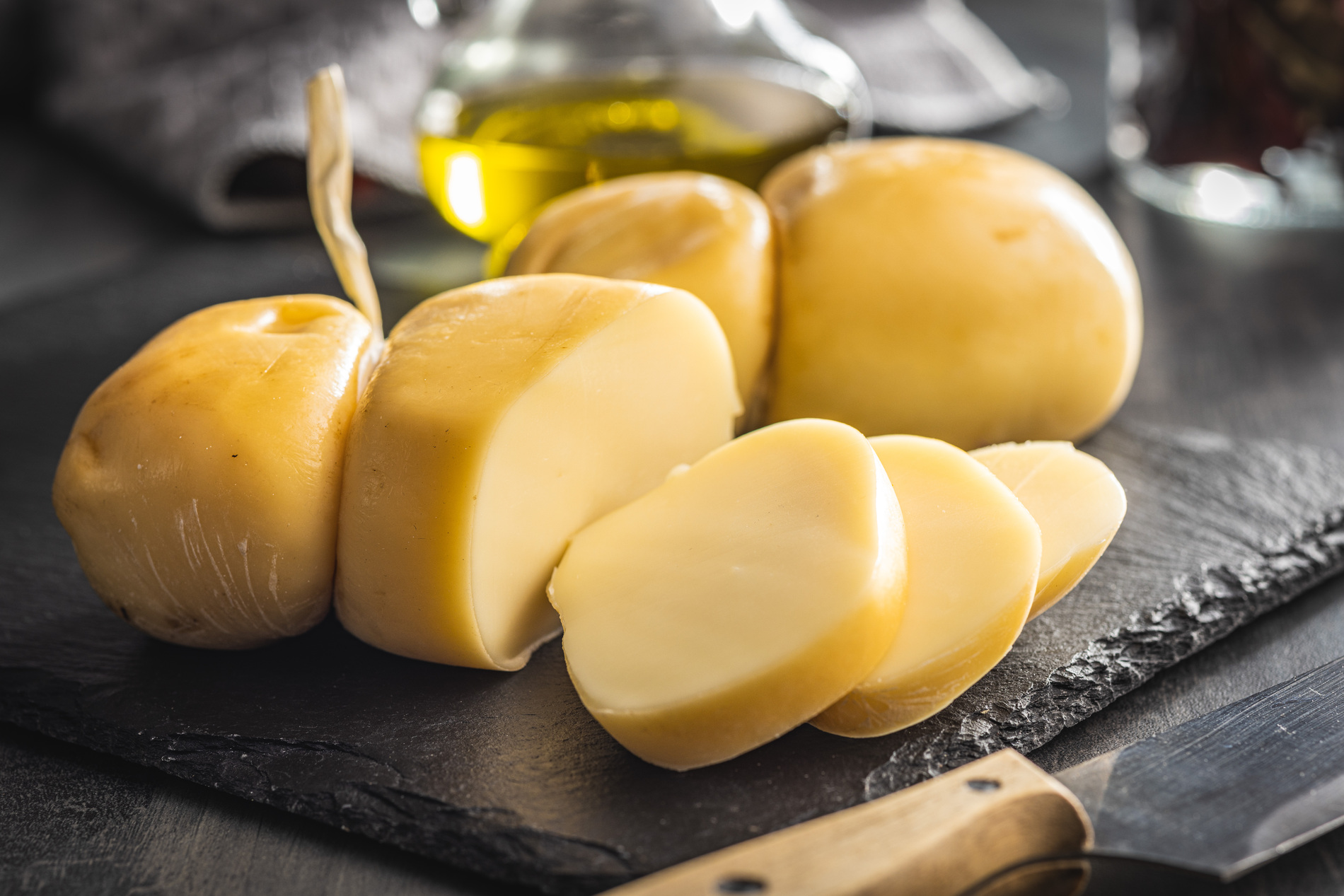
Provolone is like mozzarella’s older sibling. It’s smooth, slightly tangy, and stronger in flavor. One ounce has about 7 grams of protein. It’s great for slicing, layering on sandwiches, or melting over roasted vegetables.
10. Cottage Cheese
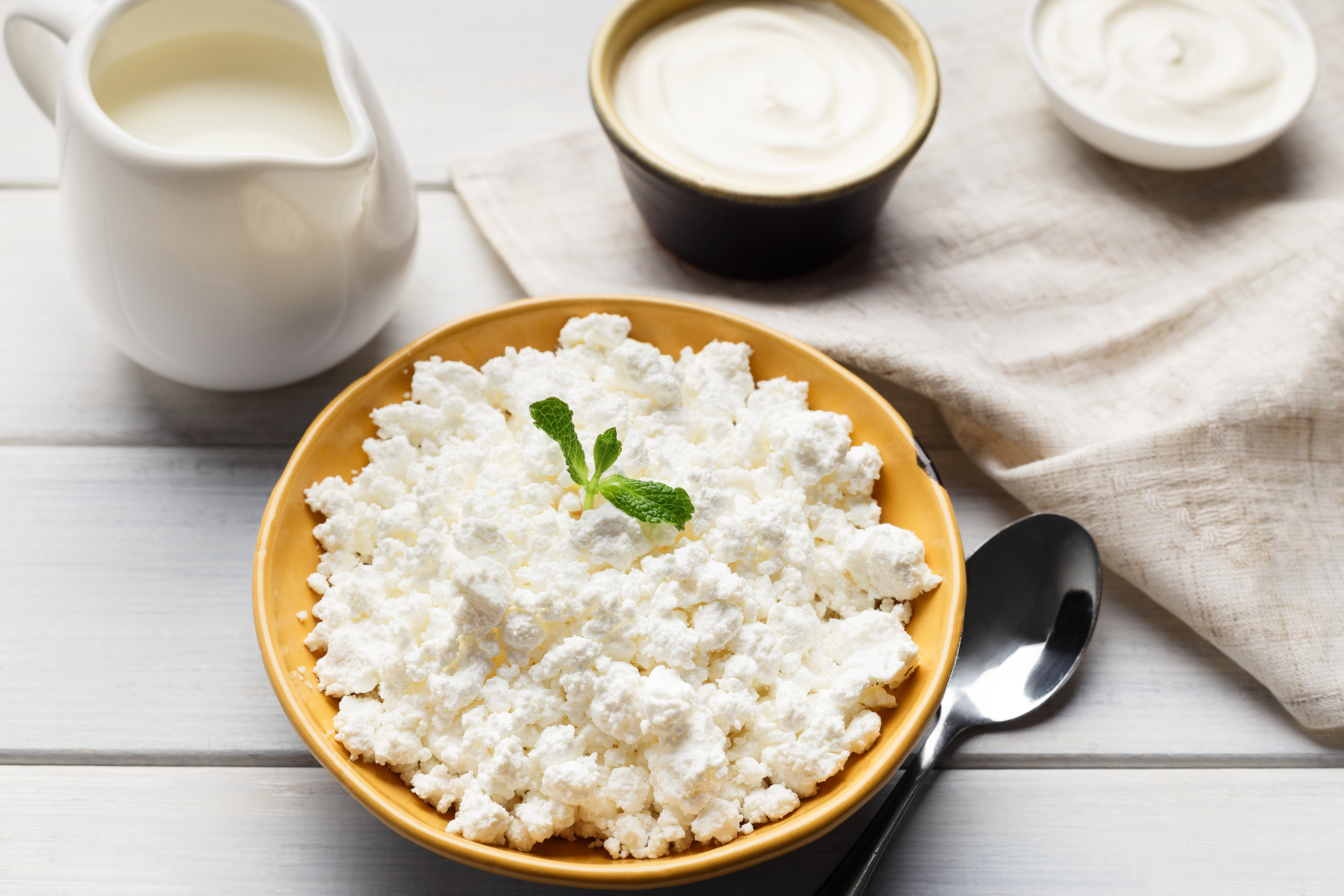
Okay, not a block cheese, but it earns its spot. Cottage cheese is high in protein, low in effort, and surprisingly versatile. A half cup gives you around 14 grams of protein, which is higher than any solid cheese on this list. You can eat it sweet with fruit or savory with pepper and chopped veggies. If texture’s an issue, try whipped versions – they’re smoother.
The Takeaway
Cheese might not be the first thing you think of when you’re planning a high-protein meal, but the right kinds can seriously pull their weight. Go for the ones that are firm, aged, and full of flavor. They’re easy to portion, easy to enjoy, and actually useful when you want to get more protein without eating the same three things on repeat.




